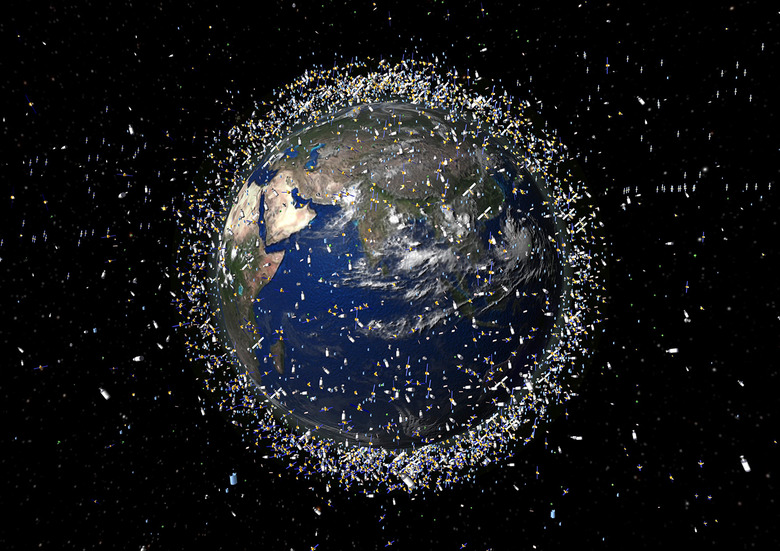This Space Harpoon Might Finally Be The Answer To All The Junk Floating Around Earth
NASA and other space agencies around the world have accomplished some seriously amazing things in space, but there's been a big price to pay for those adventures, and not just financially. The space around Earth is now cluttered with what is lovingly referred to as "space junk" — bits of rockets, long-dead satellites, and other debris — and someone is going to have to clean it up sooner or later.
There have been many proposal and attempts to develop systems that could aid in clearing the trash out of Earth orbit, but progress has been slow. Net systems and other concepts have been tested, but a new space harpoon test looks like it might be a winner.
The harpoon was tested by a group of researchers from the University of Surrey's RemoveDEBRIS project, which also tested a net capture system late in 2018. Here's the harpoon in action:
"I think we have demonstrated the technology is viable," Guglielmo Aglietti of the RemoveDEBRIS project told The Verge. "Although what we have done will have to be scaled up in order to touch really large pieces of debris, the method has been successfully tested."
The idea here is fairly simple: Manmade debris in Earth orbit will eventually fall into the atmosphere and be incinerated by the intense friction, and speeding up that process is likely the easiest way to do away with space junk. This harpoon system (as well as the net-based capture option) snags the trash and then drags it into the atmosphere where it is vaporized.
Even small piece of space debris could spell doom for space stations or missions to the Moon or other planets. Ensuring that litter doesn't get in the way of human progress is important, especially when astronaut lives on the line, and this ongoing project will hopefully result in the best solution.
